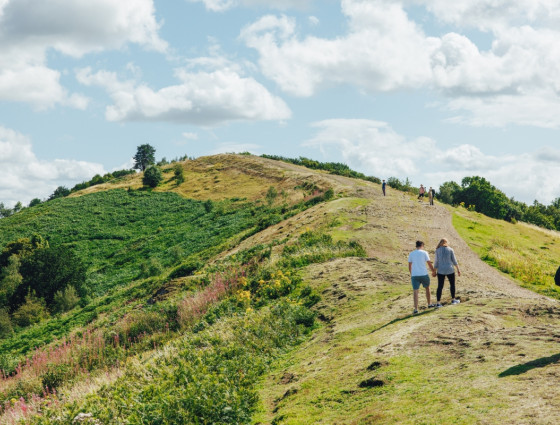
Planning for Green Infrastructure
The green spaces that connect our cities, towns and villages that provide benefits for our environment.
What is Green Infrastructure?
Green Infrastructure or GI is the network of green spaces that intersperse and connect our cities, towns and villages, providing multiple benefits for our environment, economy and communities.
GI is a holistic approach to viewing and managing the natural environment; acknowledging the multiple benefits and vital services it provides and making tangible links to economic, health and social welfare agendas and aspirations.
The components of GI include biodiversity, landscape, historic environment, access and recreation and water.
Worcestershire Green Infrastructure Strategy 2023-2028
The Worcestershire Green Infrastructure Partnership has published a new Worcestershire Green Infrastructure Strategy to drive forward the delivery of green infrastructure in the county. It sets out county-scale principles to inform plans and strategies being developed by partner organisations and to enable a coherent approach to delivery across a range of initiatives.
Worcestershire Green Infrastructure Priority Areas
The Worcestershire Green Infrastructure Strategy identified a number of Green Infrastructure Priority Areas.
 Facebook
Facebook X
X Email
Email WhatsApp
WhatsApp Messenger
Messenger